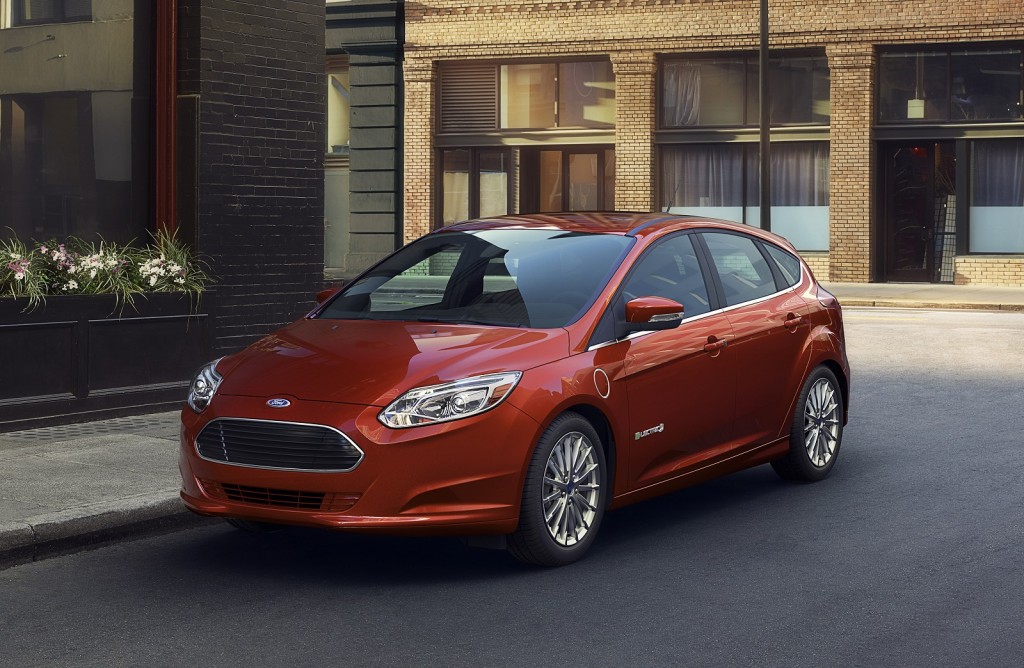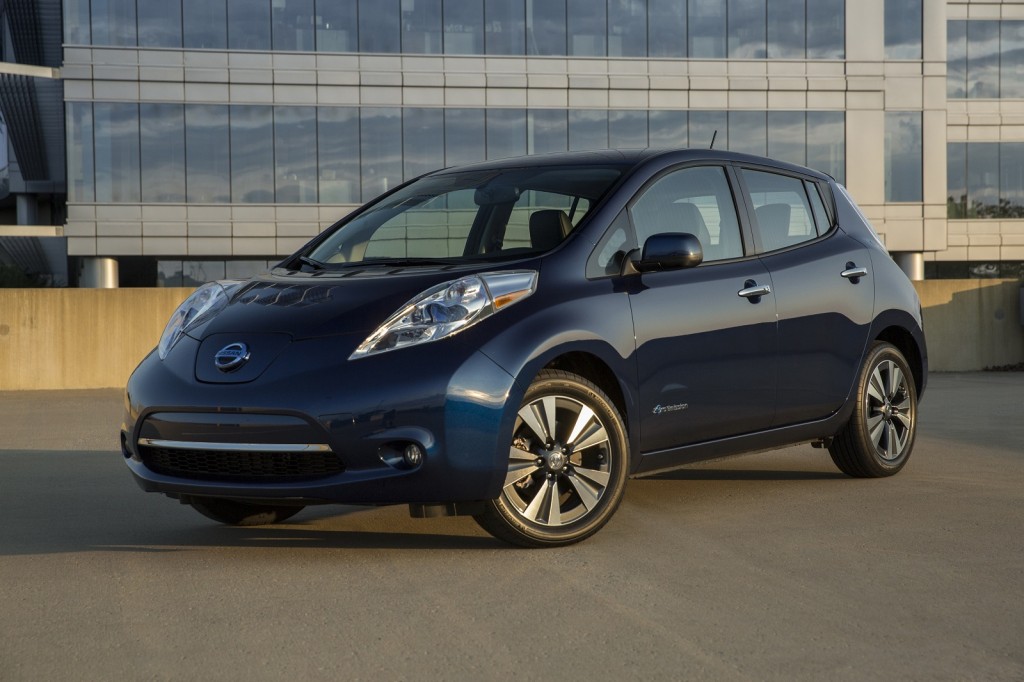Researchers at Carnegie Mellon University say incentives to sell alternative-fuel vehicle in federal laws could potentially create a short-term rise in fuel consumption and emissions from major automakers' new vehicles.
Professors Jeremy Michalek, Ines Azevedo, and Alan Jenn studied Corporate Average Fuel Economy policies and greenhouse emissions standards and reported their findings.
Their paper was published in a March issue of Environmental Science & Technology (subscription required).
DON'T MISS: Carmakers continue to meet rising CAFE goals, just as expected
Michalek noted that in drafting the alternative fuel vehicle incentives in the CAFE regulation, policymakers didn't calculate the cumulative effect battery-electric and hybrid vehicles have on the environment.
Those effects include emissions created during manufacturing, charging, and using those vehicles.
"The EPA treats the electricity emissions as if they were zero, which we know they're not," said Michalek, a professor of environmental engineering and policy at Carnegie Mellon University.

2016 Nissan Leaf
"A lot of variables go into what those emissions are, but calculating those emissions—that’s actually a harder problem than you might think."
The so-called "wells-to-wheels" emissions of a mile driven in a battery-powered vehicle charged on the electric grid vary greatly depending on the makeup of that particular utility's generation capacity.
Most analyses have concluded that the reductions in emissions over a plug-in car's lifetime more than make up for slight increases in emissions from its manufacturing and materials.
CHECK OUT: Gas Mileage Rules For 2025 Could Fall If Buyers Stick With SUVs (Mar 2015)
Today, however, Michalek and the other researchers note that electric vehicles can count as "credit" toward two internal combustion vehicles in meeting CAFE requirements that start next year and run until 2019.
That effectively lets automakers sell more cars with higher emissions than they otherwise would have.
Fuel-cell vehicles also count as two conventional cars, while plug-in hybrid vehicles have a multiplier of 1.6, among other types of vehicles.

2016 Ford Focus Electric
"When one consumer buys an electric vehicle, it enables other consumers to buy higher-emitting vehicles than they would have been able to otherwise. In total, we estimate about 30 to 70 million metric tons of extra carbon dioxide emitted," Azevedo said in a statement.
Michalek offered the example of a 2017 Ford Focus Electric allowing a net emissions increase of up to 45 tons of carbon dioxide for its automaker.
In the paper, the researchers note the EPA's willingness to jump-start electric car sales for a short period before by incentivizing alternative-fuel vehicle sales with CAFE credits.
"(The) EPA believes it is worthwhile to forego modest additional emissions reductions in the near term in order to lay the foundation for the potential for much larger ‘game-changing’ GHG emissions and oil reductions in the longer term," the researchers wrote.
"The bottom line is that we don’t know. Eventually if we’re going to hit the climate targets coming out of the Paris agreement, we have to move toward alternative fuels," Michalek said.

2016 Nissan Leaf
"It's unlikely that it's going to be this one policy that help transition fleets to alternative fuel vehicles," he suggests.
"This could be one factor among others, and we should ask ourselves 'Does this contribute enough?'"
[hat tip: Brian Henderson]
_________________________________________












